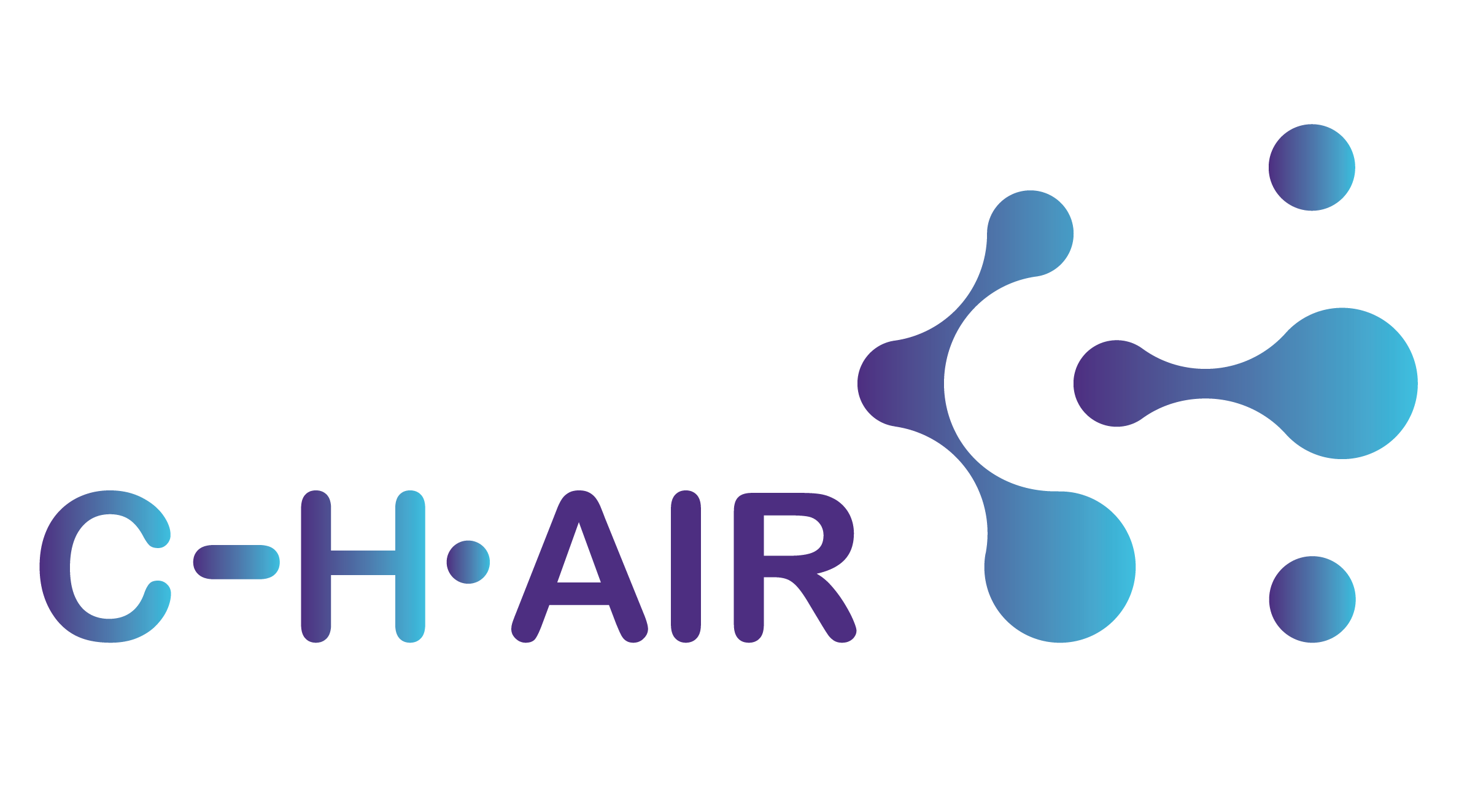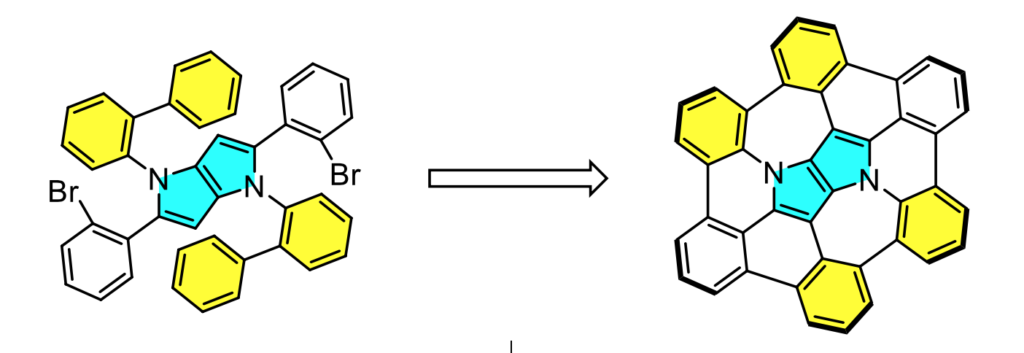The Project
Research
Research Axis #2: Design of New Materials
Objective: develop C-H activation methods for the synthesis of advanced material scaffolds, such as OLEDs, biopolymers, and novel chiral homo- and heterogeneous catalysts.
Research topics:
- synthesis of (axially chiral) PAHs (polyaromatic hydrocarbons)
- synthesis and valorisation of (bio)polymers
ESR: Daniel Carter
PI: Dr. J. Wencel-Delord
Host institution: CNRS / Unistra
Secondments: Merck, ICHO PAN, IST
The project focuses on the synthesis of original chiral corranulenes and heterogeneous catalysts (MOFs) using atroposelective C-H activation. The sulfoxide-directed C(sp2)-H activation is exploited to:
- fonctionalize perylene and corannulete-type scaffolds to obtain chirally axial PAHs with optoeletronic properties;
- synthesize axially chiral biaryls, used as unique building blocks to construct chiral MOFs, that will be further used as stereogenic heterogeneous catalysts for the direct functionalization of terpenes.
This aim of this project is to access new polymers and biopolymers, thanks to C-H activation.
The works covers on the one hand, 𝜋-conjugated polymers synthesis via Ru- and Co- catalyzed heteroarylation reactions and on the other hand, the valorisation of biopolymers (such as peptides) via late stage diversification, using abundant and cheap 3d metals.
The use of micellar conditions will be evaluated as well to improve the industrial potential of these functionalization methods; and the biological potential of the obtained biopolymers will be assessed.

This project targets the design of new strategies to access PAHs, such as heteroaromatic perylene and corannulene analogs, via direct arylation, radical-anions coupling and Scholl reaction.
The work consists in:
- in-depth optimizations to determine the steric and electronic factors governing these reactions;
- the physicochemical characterization of the new materials to allow subsequent rational design of advanced PAHs;
- the exploration of different strategies to build up perylene & corranulenes analogs via C-H arylation focusing mainly on intramolecular transformations (design of simple-linked precursors).
Secondment: CNRS
The aim of this project is to develop sustainable homo- and heterogeneous catalysis protocols for C-H activation, in particular:
- developing methodologies using heterogeneous Pd-based catalysts;
- designing and developing homogenous catalytic systems using continuous flow technology, with key focus on asymmetric synthesis (in partnership with Daniel Carter (ESR 2));
- synthesizing targeted chiral scaffolds using low Pd-catalyst loadings on a multigram scale.


